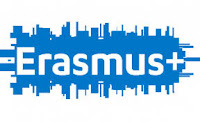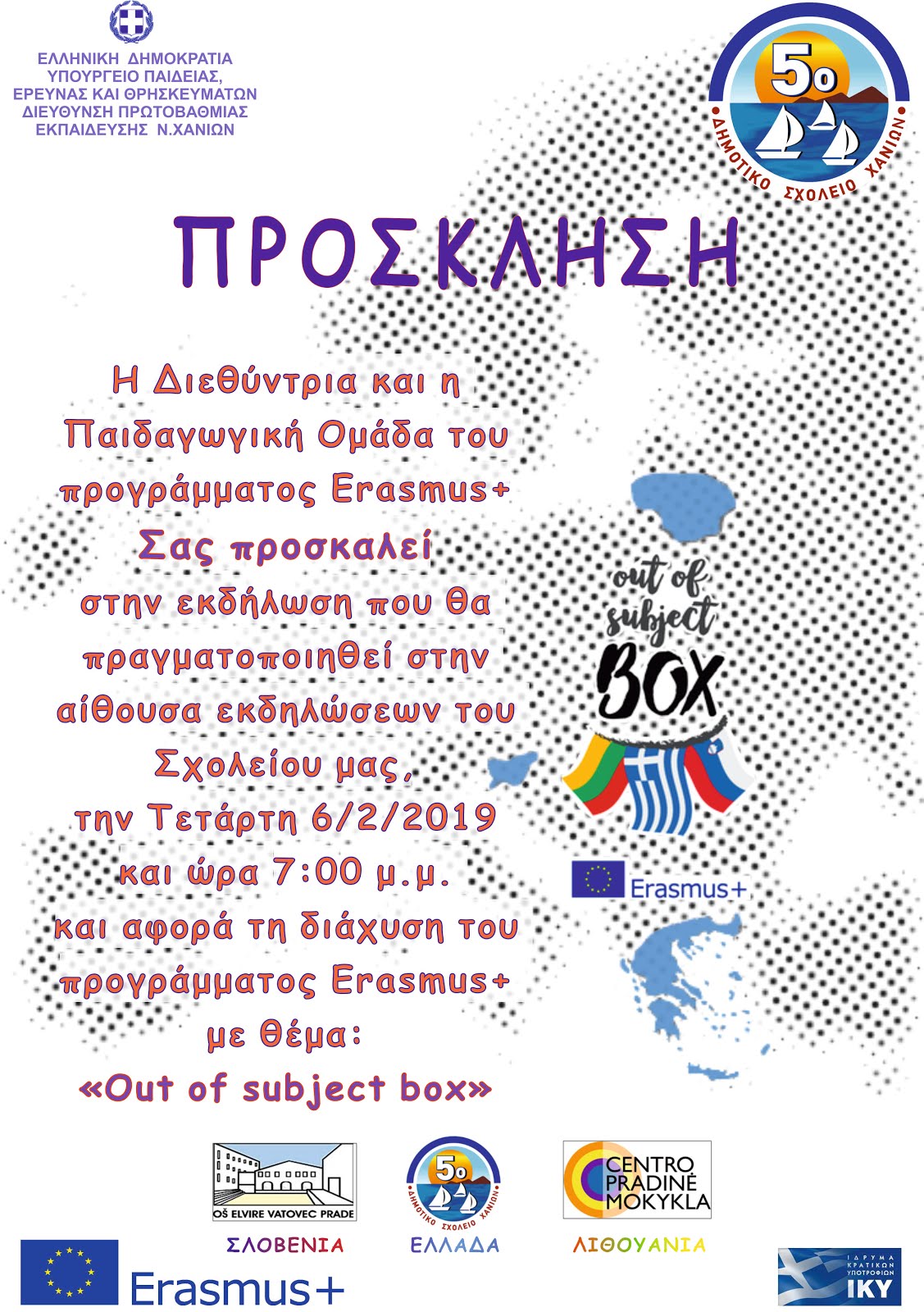Writing Limericks – Grade B
A limerick is a humorous poem that was first found in the English folk songs in the 17th century and more systematically in the English Literature in the 19th century. It is an irrational poem, whose only goal is to amuse the reader. It consists of five lines. The first line introduces the main character of the limerick and rhymes with the second one. They also have the same verbal rhythm. The third and fourth line proceed the story and the fifth line usually repeats the first line.
Edward Lear, a famous British poet, and writer of literary nonsense, is widely considered the father of the limerick. He didn't write the first limerick — the first limericks came about in the early 1700s— but he popularized the form. More importantly, he wrote some of the best. His limericks often consisted of stories about an old man:
There
was an Old Man with a beard
Who said, "It is just as I feared!
Two Owls and a Hen,
Four Larks and a Wren,
Have all built their nests in my beard!"
Limericks were introduced to the greek audience by the great Nobelist poet, George Seferis.
The procedure
Writing limericks regarding the European countries began in the first grade, but was interrupted by the coronavirus and pandemic and continued in the second grade. It has been a very amusing activity for the young students and served various educational and peadagogical goals with the most important that of phonologic awareness of greek language. Before writing each limerick we would spot each country’s tradional food, a special sight or a famous creator and would include it in the poem. Then the children began saying words starting, ending or including the letter of the limerick (A, B, C, etc), as well as words rhyming with each other. At first I gave the idea of the first line, but soon the children picked up very easily the whole procedure and nearly did the whole work by themselves with the only guidance regarding the rhyme. Then we would draw the limerick and each country’s flag and spot it on the map.
It has been an amusing and entertaining procedure, which served numerous educational goals:
· Acquiring knowledge regarding the European Union
· Dissimilarity awareness and acceptance
· Phonological awareness of the greek language and learnig the Alphabet
· Making sentences and enhancing them with adjectives and adverbs, thus improving writing skills
· Learning the basic spelling rules of the greek language.
· Improving fine motor skills and handwriting.
Writing limericks is an exciting procedure and can be applied on any alphabet!

































































